23 April 2018 by Chris Cathrine | Comments: 0
Share this article:

A new guidance document for reptile survey and mitigation in peatland habitats has been published by Amphibian & Reptile Groups of the UK (ARG UK), supported by Froglife, the Herpetological Society of Ireland (the HSI), and Amphibian & Reptile Conservation Trust (ARC Trust). The publication of this document is significant, as there has long been a guidance vacuum for reptiles – this goes a small way to filling that gap.
All native reptile species are legally protected in the UK and Ireland, and so consideration should be given to mitigation to avoid committing an offence under the relevant nation-specific legislation (note that wildlife protection law is devolved and varies between individual UK countries).
The document, authored by Caledonian Conservation Ltd Director Chris Cathrine, focuses on Scotland where peatland habitats are extensive. However, it could be applied to England, Wales, Northern Ireland, or Ireland where peatland habitats also occur. The guidance is intended to assist in designing mitigation for impacts on reptiles during peatland restoration works but the methods described may also be suitable for the construction phase of some developments on these habitats. Similarly, some of the approaches described could be adapted, with care, for reptiles occurring on other habitats.
The guidance provides information on peatland reptile ecology, potential impacts, survey methods, and approaches to mitigation to avoid harm to reptiles and construct hibernation features. A decision tree flow chart is also provided, to help site managers to consider reptiles while planning works.
The new Reptile Survey and Mitigation Guidance for Peatland Habitats document can be downloaded at: https://www.arguk.org/info-advice/advice-notes/414-10-advice-note-10-reptile-survey-and-mitigation-guidance-for-peatland-habitats
23 January 2018 by Chris Cathrine | Comments: 0
Share this article:
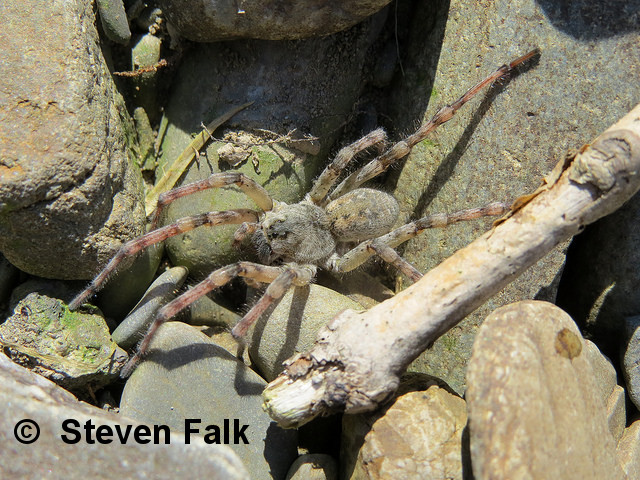
While surveying for flies and butterflies during Site Condition Monitoring at Morrich More Site of Special Scientific Interest (SSSI) in 2015, Director Chris Cathrine made a surprising discovery when a big female Northern bear sider (Arctosa cinerea) ran on to his sweep net!
This is not only the most northerly record for the Northern bear spider in the UK, but is also the first documented example of the species using sandy habitats – in this case on a stabilised dune system. Although it has been found to use this habitat for some parts of its life cycle in Europe, it is typically found under stones in shingle in the UK.
You can read more about this discovery in an article in the latest issue of the latest issue of the Newsletter of the British Arachnological Society. The article is also available to read here, via the Caledonian Conservation Ltd publications page.
The Site Condition Monitoring surveys at Morrich More SSSI were completed under contract to Scottish Natural Heritage (SNH). For more information about SNH and their work, please visit: https://www.nature.scot/
For more information about the Newsletter of the British Arachnological Society and the British Arachnological Society in general, please visit: www.britishspiders.org.uk
Photo: Arctosa cinerea © Steven Falk. For more information on Steven Falk’s work and photography, please visit: http://www.stevenfalk.co.uk/
06 December 2017 by Chris Cathrine | Comments: 0
Share this article:

Although Director Chris Cathrine published an article on the implications of Brexit for Devolved Environmental Law in Scotland just three months ago, a lot has moved on since (read the blog on the original article here). Using responses received from UK Government and Scottish Government officials, as well as newly published documents, Chris authored an update article which has been published in the latest issue of Chartered Institute of Ecology and Environmental Management (CIEEM) In Practice. This new article adds clarity to the future of environmental law in Scotland, however there remains much uncertainty, particularly as UK Government responses to queries relating specifically to devolved law made reference to policy which only applies to England. The new article can be downloaded from the Caledonian Conservation publications page.
The politics of Brexit continue at a rapid pace, and since this article was written the UK Parliament has voted on a number of amendments to the EU Withdrawal Bill (formerly known as ‘the Great Repeal Bill’) relating to both the future of environmental law and devolution. Of particular note are the votes which rejected New Clause 67 and the amendments to Clause 11, the implications of which are summarised below:
Unfortunately, these developments since writing the update article have failed to add further clarity to devolved environmental law after Brexit, and instead have increased uncertainty.
15 November 2017 by Chris Cathrine | Comments: 0
Share this article:
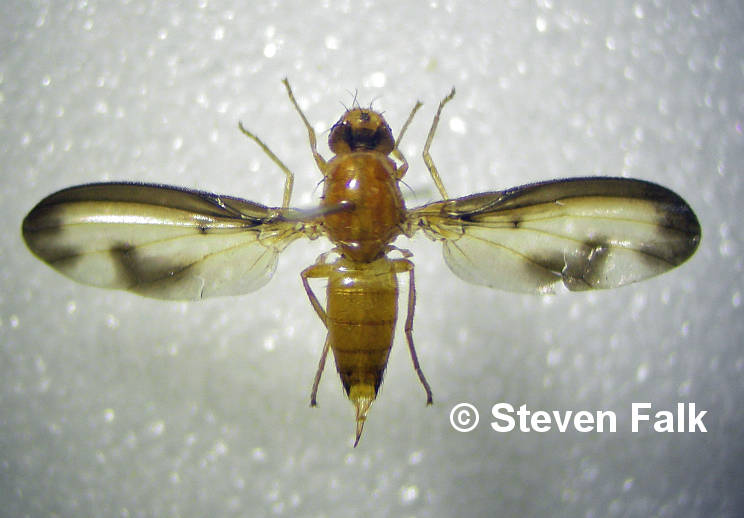
A rare flutter-wing fly, Palloptera laetabilis, not seen in the UK for over 100 years has been found at Den of Airlie Site of Special Scientific Interest (SSSI), a woodland in Angus. This is also the first time this fly has ever been found in Scotland.
The rare fly was presumed to be extinct, but was found during site condition monitoring surveys completed by Caledonian Conservation under contract to Scottish Natural Heritage (SNH) in 2015. The discovery has since been confirmed and published by Steven Falk (the fly expert on the project team) in the most recent issue of Dipterists Digest.
Den of Airlie SSSI is only the fifth site that this species has been recorded at in the UK, and the only one in Scotland. The other four sites are all located in England, with the last record being from Oxfordshire in 1907.
Chris Cathrine, Director of Caledonian Conservation and project leader for the 2015 invertebrate site condition monitoring project said: “Finding a species last recorded over a century ago is very exciting. That this is also the first record for the species in Scotland makes this all the more special. We found a great number of rare species during our surveys across Scotland. While Palloptera laetabilis is undoubtedly the most exciting, we hope to publish records from all 25 sites, including the Isle of Rum, in the future.”
The invertebrate records collected by Caledonian Conservation during these surveys (including Den of Airlie SSSI) are available on NBN Atlas at: https://registry.nbnatlas.org/public/show/dp4
Learn more about SNH’s work in Scotland at: http://www.snh.gov.uk/
Steven Falk’s paper on Palloptera laetabilis is available on the Caledonian Conservation publications page, or directly here.
Steven Falk was contracted by Caledonian Conservation to complete surveys for this project through his previous role at Buglife – the Invertebrate Conservation Trust. For more information on Steven Falk’s work and photography, please visit: http://www.stevenfalk.co.uk/
For more information about the Dipterists Digest visit: http://www.dipteristsforum.org.uk/sgb_dipterists_digest.php
Photo: Female Palloptera laetabilis from Den of Airlie Site of Special Scientific Interest (SSSI) © Steven Falk
05 September 2017 by Chris Cathrine | Comments: 0
Share this article:
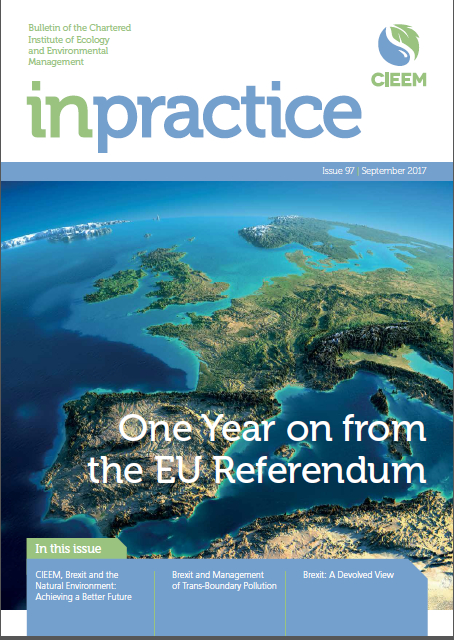
At present, environmental law is devolved in Scotland. As such the responsibility for Scottish environmental law (including wildlife protection) rests with Scottish Government. The European Union (EU) directives provide a framework for elements of environmental law, common to all UK nations and the other 27 member states. As the UK leaves the EU, these frameworks will no longer apply in Scotland, and this, combined with other implications on the devolution settlement, bring a high level of uncertainty for the future structure of environmental law. The potential implications of Brexit for devolved environmental law in Scotland was the subject of an article by Caledonian Conservation’s Director, Chris Cathrine, in the Chartered Institute of Ecology and Environmental Management (CIEEM) In Practice publication. This article is now available to download from the Caledonian Conservation publications page.
Note that the deadline for this article was before the snap 2017 General Election, and some of the areas of uncertainty are now becoming clearer – for example the background briefing notes for the Queen’s Speech indicate the intention of creating a UK-wide legislative framework for environmental law post-Brexit through the Agriculture Bill. Therefore, an update will be appropriate as further clarifications are provided.
23 August 2017 by Chris Cathrine | Comments: 0
Share this article:
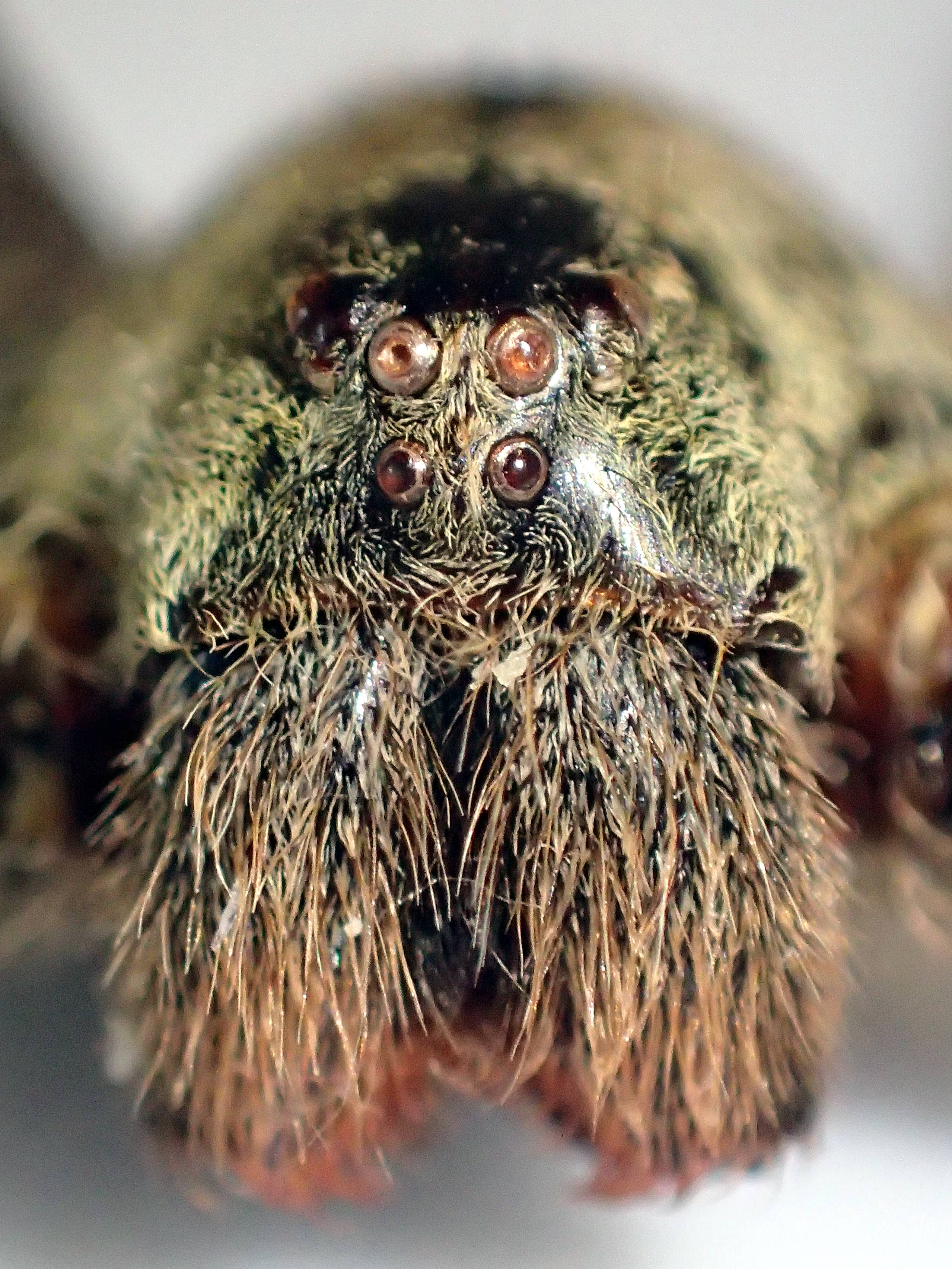
Caledonian Conservation’s Director, Chris Cathrine, co-authored an article with Stuart Longhorn for The Newsletter of the British Arachnological Society describing a specimen of Phoneutria (P. cf. boliviensis) which was found in Inverbervie (Aberdeenshire) in a banana shipment from Colombia in 2016. SRUC later sent the spider to Caledonian Conservation for identification.
The article was published on 14th August 2017, and provides information on the record, as well as photos and a diagram of the epigyne (female genitals, unique to the species of spider).
With relatively little information published on the identification of Phoneutria (known as ‘wandering spiders’ and belonging to the family Ctenidae, which does not occur naturally in the UK), there was an opportunity to share useful identification details with ecologists working throughout the world. We are proud that the article was quickly added to the World Spider Catalogue – a resource that collates key taxonomic literature on spiders, for use by academic researchers and other ecologists throughout the world.
Despite frequent media reports claiming Phoneutria spiders (sometimes erroneously referred to by the press as ‘painful erection death spiders’) to have been found in the UK and often indicating they are associated with damaging bites to people, there are no previous records published in scientific literature. These reports are rarely substantiated, and the specimens are not normally identified by expert arachnologists. Given the claims of medically important bites, Chris and Stuart felt it would be helpful to describe the effects of the venom of different Phoneutria species based on peer reviewed literature in the article.
It is hoped that this article will help inform a more robust understanding of the occurrence of Phoneutria spiders in the UK, help others identify these species, and be a useful reference source for journalists reporting on wandering spiders in the future.
The article is available to download on the Caledonian Conservation publications page and the World Spider Catalogue.
Learn more about the British Arachnological Society here.
The World Spider Catalogue is hosted by the Natural History Museum of Bern, and more information can be found here.
28 April 2017 by Chris Cathrine | Comments: 0
Share this article:

A new book, ‘Amphibians & Reptiles of Scotland’, has been published. This is the most comprehensive publication on Scotland’s herptiles (amphibians and reptiles) in recent history, including all details of ecology and distribution for all of our native species (including sea turtles) as well as introduced and vagrant species. Chapters also cover conservation, legal protection, cultural connections, projects and development mitigation.
The principle authors, Chris McInerny (University of Glasgow) and Pete Minting (Amphibian & Reptile Conservation Trust) bring a wealth of experience, while guest authors bring particular expertise. Chris Cathrine (Caledonian Conservation Ltd) prepared the grass snake and development mitigation sections, while David O’Brien (Scottish Natural Heritage) wrote the chapter on great crested newt. All authors drew on a wide range of published sources, and information from other experts.
The book also boasts lavish colour photographs, distribution maps and a beautiful frontispiece by Chris Rose.
Caledonian Conservation Ltd is proud to have sponsored the production of this book, which is an excellent resource for professionals and interested members of the public alike.
The book is available in print, costing £27.50 (inclusive of postage within the UK) – contact Chris McInerny for details of how to order your copy (Chris.McInerny@glasgow.ac.uk).
The book can also be downloaded as a free PDF from the Glasgow Natural History Society website.
17 February 2017 by Chris Cathrine | Comments: 0
Share this article:
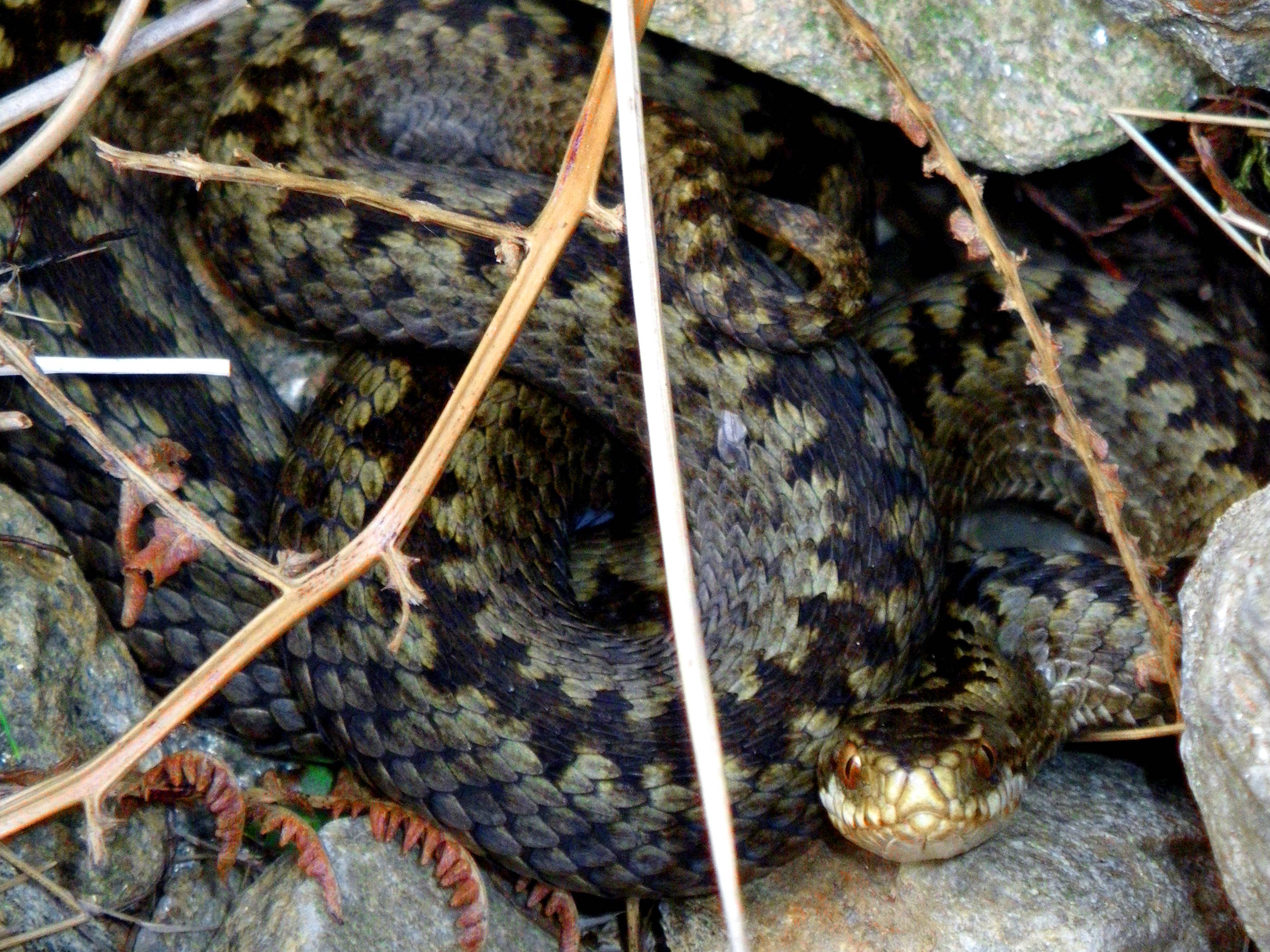
Chris Cathrine has taken on a volunteer role with Amphibian and Reptile Groups of the UK (ARG UK), as Scottish Policy Adviser. Having stepped down as Scottish Representative in 2014 before the arrival of his first son, he has remained involved with the conservation of reptiles and amphibians – which, along with spiders and beetles first engaged him with the natural world as a child. With the future of UK environmental protection currently uncertain, he felt it was necessary to dedicate more time to supporting ARG UK in their efforts to influence future policy for the benefit of Scotland’s native reptiles and amphibians. This role offers the perfect opportunity for this.
Chris brings his experience gained through writing great crested newt and reptile survey and mitigation guidelines, researching Scottish grass snake distribution and over ten years as a professional ecologist (in consultancy, conservation charities and local authority), as well as almost three decades of surveying for these wonderful but often overlooked animals.
We feel it is essential that Caledonian Conservation Ltd gives back to communities as part of its Corporate Social Responsibility. As such, we support conservation charities (through financial donation, in-kind contributions and expertise), conduct in-house research, support other research (through financial donation and provision of resources), provide training, deliver public talks to raise awareness of wildlife, run events for children to share our enthusiasm for the natural world and make as much of our publications and data available publicly (via our publications page and NBN Gateway).
For more information about ARG-UK, visit: www.arguk.org